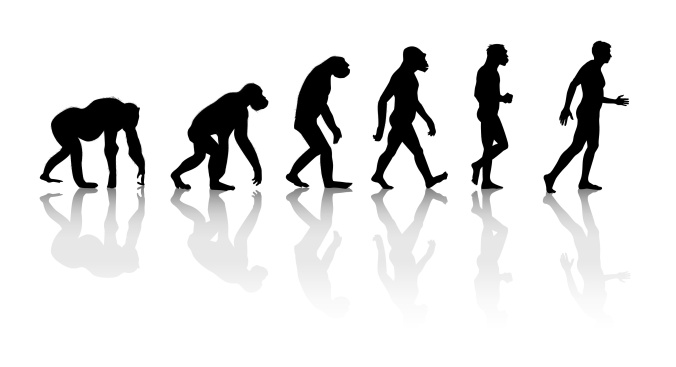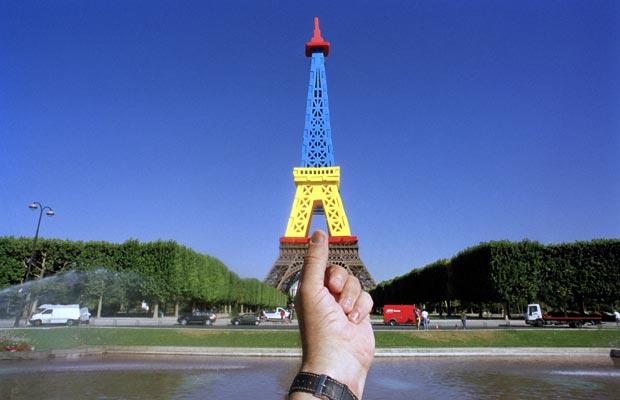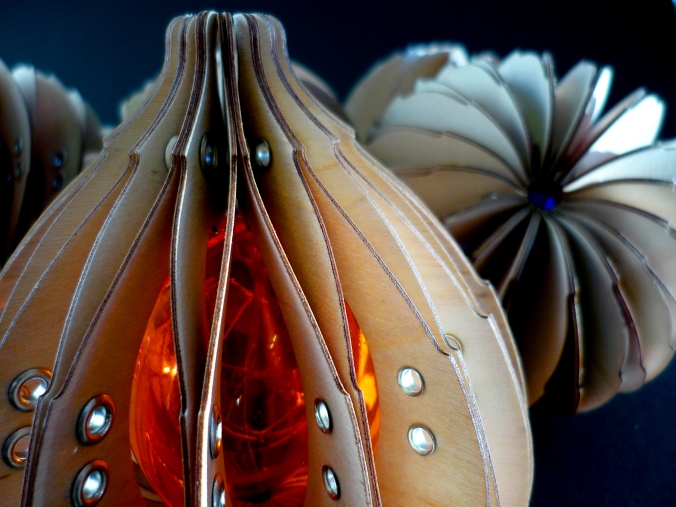“Are God and Nature then in strife, That nature lends such evil dreams?
So careful of the type she seems, So careless with the single life.
So careful of the type? But no, From Scarped Cliff and quarried stone,
She cries a thousand types are gone, I care for nothing all shall go.”
The poet Lord Alfred Tennyson in this passage from the poem ‘In memoriam’ expressed fears, anxiety and cosmic despair, when confronted with the idea that life on earth is the outcome of an unsupervised process of change and necessity. For him evolution was a troubling idea, for if the earth could be seen to exhibit continual change, then it was entirely possible that some day man would disappear from the face of the earth, and if man disappeared then love, art, religion and everything else that man alone shares would disappear likewise.
To this day Charles Darwin’s theory of evolution continues to challenge the old conventions of the meaning of life. God made us the story goes, and put us here for a special reason. Humans are not just animals, humans have spirits or souls and only humans can survive death. The theory of evolution does away with all these ideas, undermining the claims of many religions. It leaves no room for god, the soul or life after death. Therefore, it could be argued our lives are in fact a mixture of life choices, free will, pre-destiny and determinism that drive us towards our inevitable end.
Taking inspiration from this philosophical approach, I became engaged with the central argument of Darwin’s theory that suggests the sheer fertility of nature creates a struggle for existence. In any such struggle those lucky enough to survive must have profitable peculiarities, that Darwin described as Fortuitous Novelties. Continue reading












